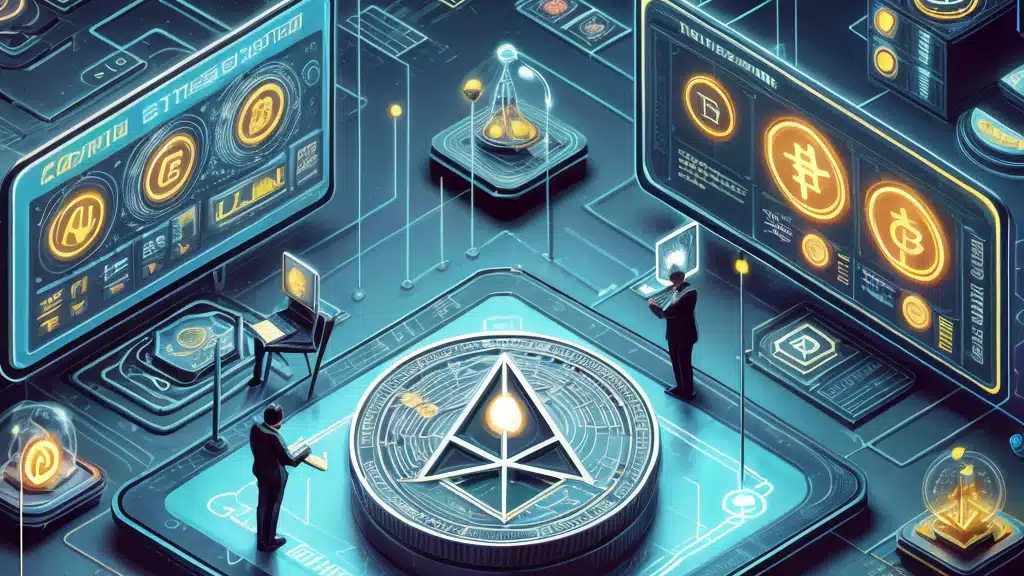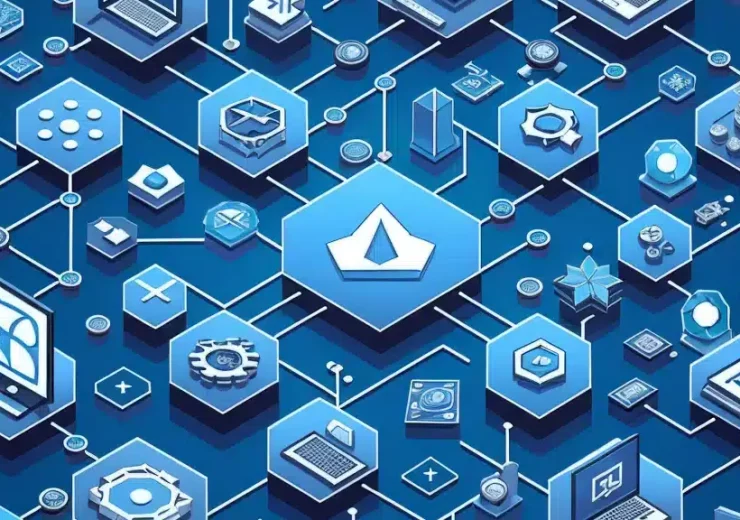Estimated time: 4 minutes read
Applications in Web 3.0 represent a paradigm shift towards a more decentralized Internet, putting the user at the center and granting them control over their data and the value of their contributions.
What is a decentralized application in Web 3.0?
A decentralized application in Web 3.0 is an application that resides and runs on a decentralized network, primarily on a blockchain but generally on any peer-to-peer (P2P) distributed node system. In the blockchain realm, it relies on the interaction between smart contracts through a protocol that governs the rules and functionalities available to the application’s users.
Another inherent characteristic of a decentralized application in Web 3.0 is the use of various crypto assets as a means of interaction (transaction payment) and value exchange among users, thus introducing an economic aspect.
What is Web 3.0?
Web 3.0 is a broad concept shaped by multiple emerging technologies that are guiding the evolution towards the new Internet, currently highlighted by blockchain networks and artificial intelligence.
From the perspective of blockchain decentralization, Web 3.0 represents a paradigm shift on the Internet, repositioning the user at the center and granting them property rights over the value of their contributions to the network and over their own personal data (sovereign identity).
I recommend delving deeper by reading this article on value ownership in Web 3.0.
What does my decentralized application consist of?
I am developing a web3 side project on which I can experiment as the technology evolves.
It is a decentralized system to securely register the digital fingerprint and timestamp of a document stored in an external repository on the blockchain, and assign a digital token to its owner.
The goal of the application is to enable the secure and reliable signing and certification of documents on the blockchain.
It is targeted at organizations and individuals who manage document issuance and wish to digitally certify them on the blockchain.
In another one of my articles, you can learn about the main advantages of decentralized applications on the blockchain.
How does my decentralized application work?

Document creation
1. The organization creates the document and stores it in a public repository.

Document signing
2. Access the document from the DApp and generate the digital fingerprint.

Document certification
3. The digital fingerprint, timestamp, and ownership token are stored on the blockchain.

Document verification
4. When viewing the document, a link to the DApp is provided to display the certificate on the blockchain and validate the fingerprint.
Conclusion: shaping the Future of the New Internet
The proposed application aims to experiment with the development of Web 3.0, primarily in its decentralized aspect through blockchain networks, via a practical use case.
This evolution is an emerging process dotted with numerous challenges, among which the following stand out:
- Scalability: The consensus protocols of the early blockchain networks hindered achieving the scalability levels of traditional centralized networks. One of the priorities in the evolution of blockchain networks in recent times has focused on reducing latencies and increasing transaction rates through improvements in network protocols and the creation of Layer 2 networks.
- User Experience: The need to interact with blockchain networks through a wallet acts as an entry barrier for many users. This is another priority in the development of the blockchain ecosystem today, with initiatives such as Ethereum’s “account abstraction.”
- Interoperability: One consequence of the constant search for improvements in blockchain systems has been the emergence of countless independent networks. This fact implies fragmentation of the ecosystem for end users, with crypto assets exclusive to a particular network. To alleviate this difficulty and enable compatibility between networks, multiple strategies are being developed such as sidechains, exchange protocols, token bridges…
- Security: Many applications on blockchain networks operate with cryptocurrencies, making them susceptible to attacks. This must be taken into account in the programming of smart contracts that establish rules for interacting with these digital assets. A common practice is to conduct audits on contracts by companies or individuals specialized in security.
- Regulation: involving digital assets with value, economic regulators in the various countries where applications operate are obliged to establish regulatory frameworks to protect users and adjust the tax treatment of those assets in fiscal terms.
- Protection of Personal Data: strict regulations on the protection of personal data, such as the General Data Protection Regulation in Europe (GDPR), can compromise the development of certain applications through public blockchain networks.
During the development of the application, these and other challenges will be addressed, which I will discuss in future articles.
Do you find this decentralized application interesting? Do you have any blockchain project in mind? I encourage you to contact me or leave a comment. Thank you very much!


